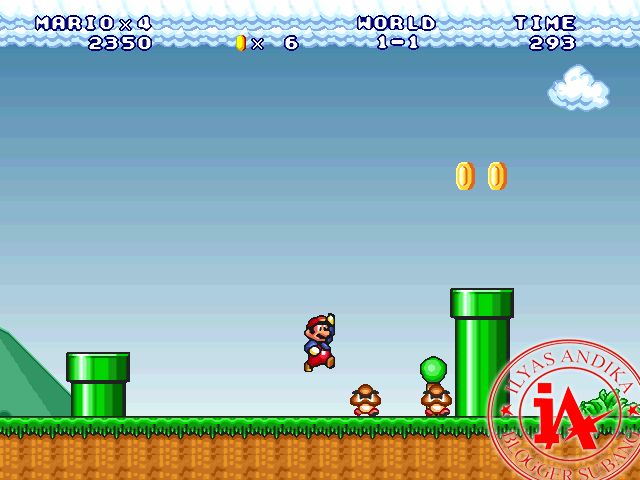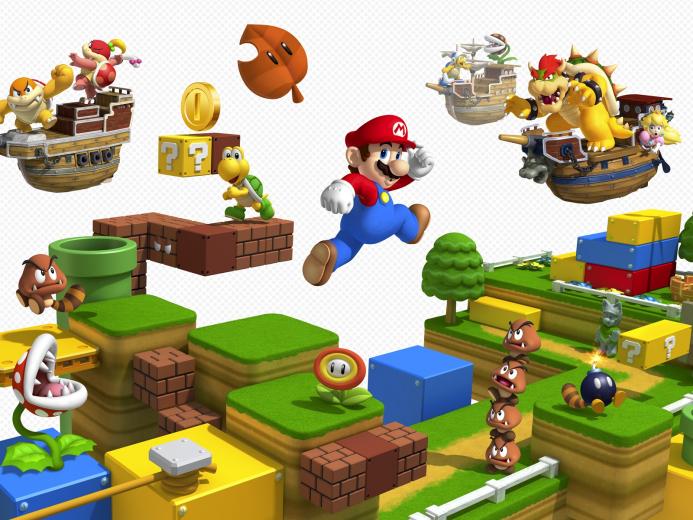

However, Nintendo’s design works once you get a hang of it, and other additions-like blocks that flip you backwards when you jump off of them-are clever complements to the one-tap approach. Rayman Fiesta Run took a smoother approach to this, as it had you moving more consistently and then using taps and swipes for various contextual actions. That’s not a complaint, but I feel like the wonderful Super Mario Run can get tricky, although simply clearing stages isn’t tremendously difficult.Īs a longtime Mario player, those last additions have been the most jarring: learning not to manually stop Mario, but to be stopped and then have to restart his feet, for example. After a day, it still hasn’t fully clicked for me, and I think it’s partly due to being conditioned by mobile endless runner games in which constant movement is the norm.Īlthough Super Mario Run’s interactions are extremely simple, the stages are loaded with complications and hazards, and the experience gains a different kind of rhythm as a result. Also, there are new Pause Blocks in the floor that automatically bring Mario to a halt, giving you a chance to assess the hazard ahead, along with blocks that vault Mario ahead or into the air when you tap. He’ll automatically climb short ledges, and if he approaches a common enemy, he’ll just vault over it on his own-but you can tap at the point of contact to make a stylish leap and gain a coin in the process.

Part of that streamlining effort is letting Mario take care of some simpler tasks on his own.


 0 kommentar(er)
0 kommentar(er)
